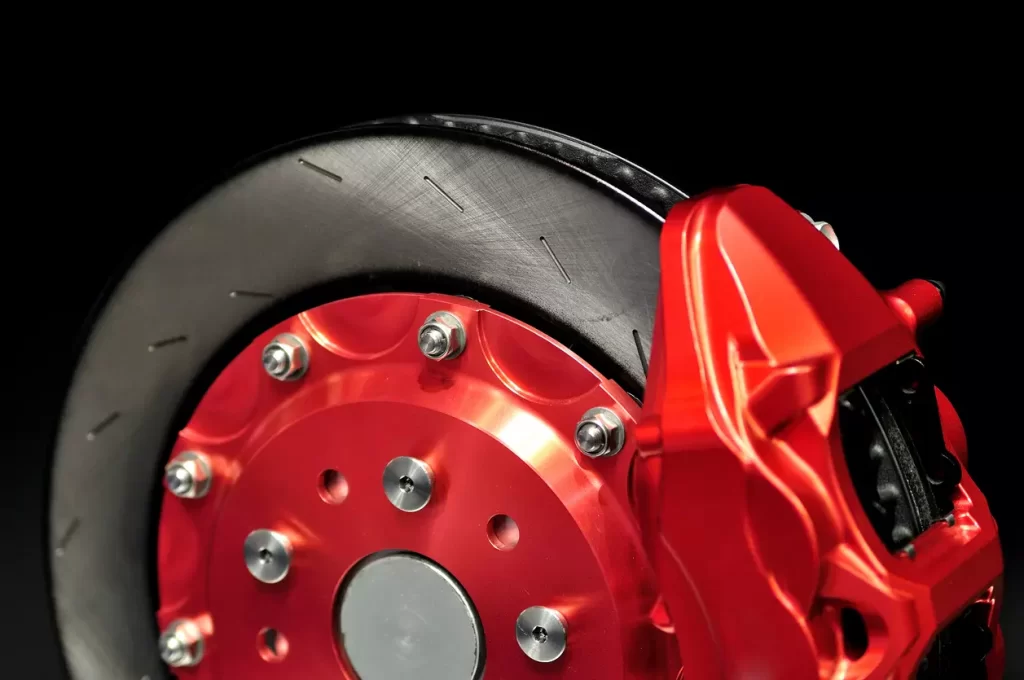No matter if you’re an adrenaline-seeking racer or simply driving on city streets, choosing appropriate brake pads should reflect both your driving habits and vehicle specifications to guarantee optimal performance and durability. Selecting appropriate ones will guarantee peak performance and reliability for long.
Start by checking that the rotors fit perfectly onto your car’s wheel hub, before considering your driving style and conditions to select an optimal material choice for rotors.
Brake Pads
Brake pads are one of the most essential elements in your vehicle’s braking system, playing an essential role in both your safety and rotor performance, not to mention lifespan. Selecting appropriate ones can have an immense impact on safety, performance, rotor life expectancy and pad lifespan.
Be mindful of when and how your brake pads begin to wear out. Most automotive pads feature a small strip of metal embedded within their friction material which will start making an audible screech once they near wear-out, alerting drivers that replacement may be necessary.
Signs of wear include pedal pulsation, which indicates the pad’s friction surface no longer making contact with the rotor. You can visually inspect them to check thickness; if they measure less than 1/4-inch thick it’s time for replacement pads. Different materials offer differing levels of performance and durability – choose those best suited to your driving habits and choose accordingly.
Brake Rotors
Brake rotors are essential in providing safe stopping power, yet can become easily damaged over time. If yours appear thin or even slightly warped, it may be time for replacement rotors. For optimal performance it is important to make sure they match up to manufacturer specifications for best performance results.
Your choice of rotor will depend on both your car’s needs and the driving conditions you encounter regularly. Drilled rotors (characterized by their unique pattern of holes) are popular with performance enthusiasts due to their ability to withstand both high-performance driving and wet road conditions, while slotted rotors make sense for heavy-duty trucks and SUVs exposed to intense towing and hauling applications due to the slots helping eliminate brake dust and pad glaze which may affect performance. Blank or smooth rotors tend to be preferred on passenger cars since they provide an ideal balance between cost, quality, and driving comfort.
Brake Cables
Break cables transmit the force exerted on brake levers by riders directly to the braking mechanism and cantilever or caliper arms, forcing hydraulic fluid through a line to compress calipers against each disc rotor and create friction that slows and stops your wheels.
As with shift cables, brake cables must withstand tremendous forces and are susceptible to wear and tear that could eventually lead to failure. As such, many riders opt to route both their shifter and brake cables internally for optimal performance.
Maintaining an aesthetically pleasing handlebar design may create a clean appearance, but doing so increases the chance that a cable may get caught and bent, leading to spongy shifting or loss of brake function. To prevent this, ensure any excess cable is securely wrapped around either the nipple or end of your brake arm without interfering with wheel or mechanism and purchase a brake cable extender for further peace of mind.
Brake Drums
Brake drums are an integral component of any vehicle’s braking system. Their primary responsibility is converting kinetic energy to heat via friction between their surface and a brake shoe lining; this heat should eventually dissipate into the atmosphere but may adversely impact other system components as well.
To avoid this scenario, a brake drum is designed with enough thermal resistance to effectively manage the heat it generates during braking and sufficient structural strength so as to not distort or warp under heavy loads and temperatures.
Brake drums can also be exposed to elements such as spray water, road salt and other agents which could cause them to rust over time, so selecting a drum brake with anti-corrosion coating can help lessen these risks. Furthermore, it must be large enough for frictional interaction between its surface and brake shoes so as to provide effective stopping power; noise level should also be taken into account as excessively noisy pads could compromise driving comfort and safety.


